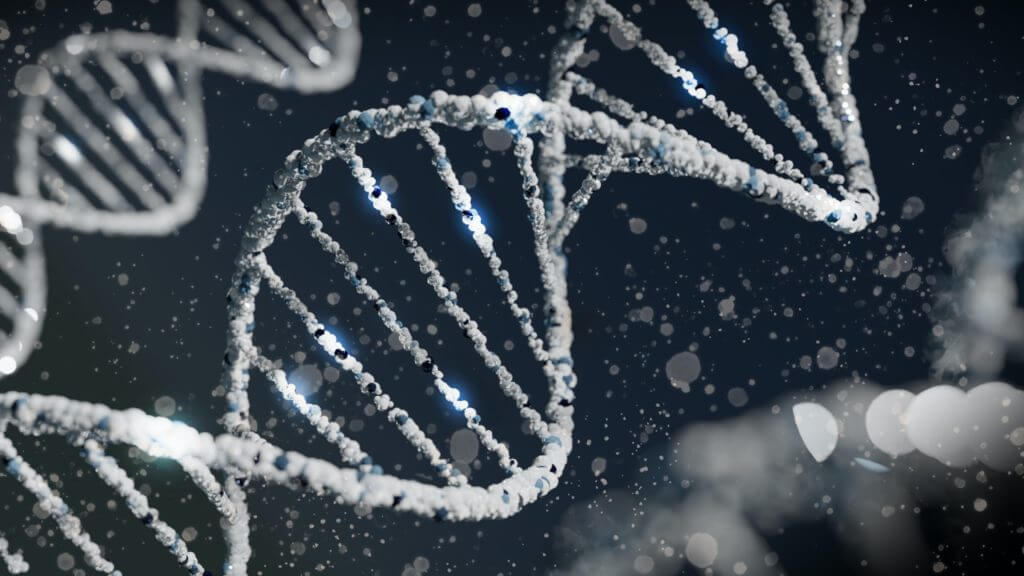BERGEN, Norway — A concerning new study reveals a potential link between gene changes early in life and severe breast cancer risk. Scientists from the University of Bergen are investigating a novel area — epimutations — which involves alterations in how our genes are activated or deactivated, rather than changes to the genes themselves.
Investigators explored these epimutations within a gene called BRCA1 and their potential association with triple-negative breast cancer (TNBC), known as one of the most severe forms of breast cancer.
“This higher risk was found despite the fact that epimutations affected a very small portion of normal cells in the affected individuals,” says Per Eystein Lønning, a professor at the University of Bergen, in a university release.
The study delved deeper into the timing and origin of these epimutations. Analyzing DNA from both breast tissue and white blood cells of over 400 breast cancer patients, researchers made noteworthy observations shedding new light on the subject.
In many cases of TNBC, the study found BRCA1 gene epimutations in both white blood cells and tumor tissues from the same individuals, suggesting a possible common cell origin, potentially occurring very early during pregnancy.

The study indicated that roughly 20 percent of TNBC cases might arise from a small group of normal tissue cells carrying these epimutations.
Analyzing blood samples from newborns revealed similar epimutations in the BRCA1 gene as those seen in cancer patients. These epimutations were twice as frequent in girls compared to boys. Importantly, no evidence suggested direct inheritance from parents to newborns.
“The fact that epimutations might be happening early during pregnancy challenges conventional theories on carcinogenesis and cancer risk,” says Lønning. “Moreover, the fact that they occur twice as common in girls than boys reveal an important gender difference not previously recorded.”
These findings are driving further research avenues for the Bergen Breast Cancer Group, focusing on understanding the exact mechanisms behind these early-life epimutations. Collaborating with U.S. Women’s Health Initiative investigators, they aim to explore potential links between epimutations in other genes and different types of cancer.
“Understanding this could potentially be a game-changer in how we approach and prevent cancer in the future,” concludes Lønning.
The study is published in the journal Nature.
You might also be interested in:
- DNA study uncovers 58 new mutations that trigger cancer
- 10 Important Things to Know About Cancer Screenings
- Breakthrough Exposes Potential Weak Spot In Triple-Negative Breast Cancer


If the change is due, turning on or off a gene, don’t we have ways to turn gene on and off that might correct the mutation once it’s found?